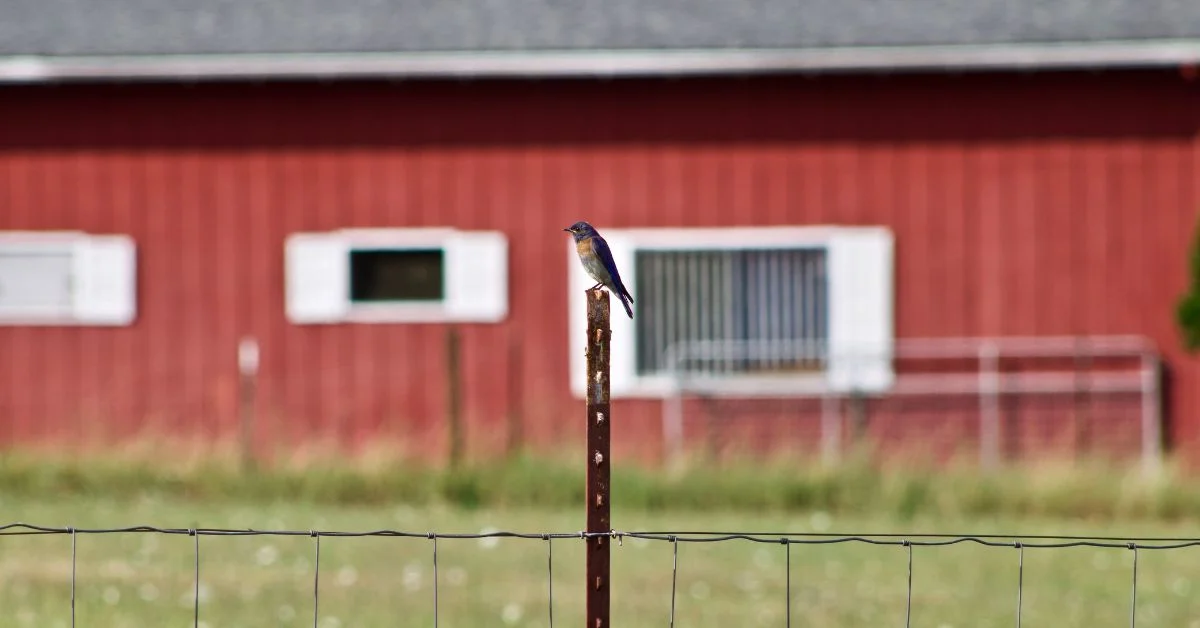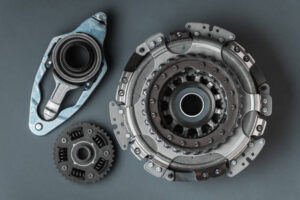Pole barns have become one of the most practical, affordable, and versatile building methods across rural and urban areas alike. At the heart of every pole barn lies the pole barn pole, the essential vertical support that carries the weight of the entire structure. These poles are not simply wooden posts; they represent a carefully chosen combination of material, design, and installation technique that ensures the building remains strong, durable, and functional for decades.
This article provides a comprehensive 360-degree exploration of the pole barn pole—its history, function, materials, types, installation methods, benefits, comparisons, and applications. Whether you are a farmer planning a storage shed, a homeowner considering an outdoor garage, or simply someone curious about pole barn construction, this guide will provide the insights you need.
History of Pole Barn Construction
The pole barn method of construction gained popularity in the early 20th century. Farmers needed low-cost, quickly constructed buildings to store hay, equipment, and livestock. Traditional timber framing was expensive and labor-intensive, so builders began using utility poles and wooden posts as the main vertical supports.
These poles were embedded directly into the ground, eliminating the need for expensive concrete foundations. Over time, this method evolved into what we now call post-frame construction, with pole barn poles as the structural backbone.
What is a Pole Barn Pole?
A pole barn pole is the vertical support post used in pole barn or post-frame construction. These poles:
- Carry the weight of the roof and walls.
- Anchor the structure to the ground.
- Distribute loads evenly across soil or concrete.
Without these poles, a pole barn cannot stand. They are essentially the foundation and skeleton combined—offering strength, stability, and cost efficiency.
Materials Used for Pole Barn Poles
Pole barn poles can be made from different materials depending on availability, budget, and purpose.
Table: Common Materials for Pole Barn Poles
| Material | Advantages | Disadvantages |
|---|---|---|
| Pressure-Treated Wood | Affordable, widely available, treated against rot and pests. | Can still decay over decades if poorly maintained. |
| Steel Poles | Extremely strong, resistant to rot, durable in harsh weather. | Higher cost, requires welding or special installation. |
| Laminated Wood | Engineered wood, stronger and straighter than solid timber. | More expensive than standard treated wood. |
| Concrete Posts | Permanent, highly durable, resistant to fire and moisture. | Heavy, harder to install, less flexible. |
The choice of pole barn pole material depends on budget, climate, soil type, and intended use of the building.
Dimensions and Spacing of Poles
The strength of a pole barn depends not just on the material but also on the dimensions and spacing of poles.
- Typical Dimensions: 4×6, 6×6, or 8×8 inches for wooden posts.
- Length: Usually 10 to 20 feet, depending on barn height.
- Spacing: Poles are generally placed 8 to 12 feet apart, depending on structural requirements.
Proper spacing ensures that weight is distributed evenly, preventing sagging roofs or collapsing walls.
Installation of Pole Barn Poles
Installing pole barn poles correctly is critical to the stability of the building.
Steps for Installation
- Site Preparation – Clear and level the ground.
- Digging Holes – Holes are dug 3–6 feet deep depending on soil type and pole height.
- Placing Poles – Poles are set into holes with gravel or concrete for stability.
- Alignment – Ensure all poles are plumb and aligned before securing.
- Securing – Backfill with soil or concrete to lock poles into place.
- Framing – Attach horizontal girts and roof trusses to the poles.
This installation method creates a self-supporting structure without a traditional foundation.
Benefits of Pole Barn Poles in Construction
- Cost Efficiency – Poles reduce the need for heavy foundations, lowering building costs.
- Flexibility – Works for barns, garages, workshops, and commercial buildings.
- Durability – Treated poles resist decay, ensuring long-lasting structures.
- Speed of Construction – Pole barns can be built quickly with minimal labor.
- Adaptability to Terrain – Uneven ground requires less grading compared to concrete foundations.
These benefits make pole barn construction one of the most popular choices for rural and semi-urban projects.
Applications of Pole Barn Poles
Pole barn poles can be used in a wide variety of structures beyond barns.
Table: Applications of Pole Barn Poles
| Application | Description |
|---|---|
| Agricultural Barns | Storage for hay, livestock, and machinery. |
| Residential Garages | Affordable garages or workshops for homeowners. |
| Commercial Buildings | Shops, offices, and retail outlets in rural areas. |
| Storage Sheds | Simple sheds for tools, equipment, or vehicles. |
| Event Venues | Rustic-style barns used for weddings and community gatherings. |
| Riding Arenas | Covered arenas for horses and livestock training. |
The versatility of pole barn poles ensures that they remain useful across industries.
Maintenance of Pole Barn Poles
While pole barn poles are durable, they require maintenance to maximize their lifespan.
- Inspection – Check for signs of rot, pests, or damage every year.
- Soil Drainage – Ensure proper drainage around poles to prevent waterlogging.
- Protective Coatings – Apply sealants or preservatives to extend life.
- Reinforcement – Replace or reinforce weakened poles promptly.
With proper maintenance, a pole barn pole can last 40–60 years or more.
Pole Barn Poles vs. Traditional Foundation Construction
Table: Comparison
| Aspect | Pole Barn Poles | Traditional Concrete Foundation |
|---|---|---|
| Cost | Lower initial cost | Higher cost due to excavation and concrete work |
| Speed | Faster installation | Slower, requires curing time |
| Flexibility | Works on uneven terrain | Requires leveled ground |
| Durability | Long-lasting with maintenance | Extremely durable but costly |
| Design Freedom | Wide range of applications | Restricted to permanent structures |
This comparison shows why pole barns remain popular for cost-sensitive and flexible construction projects.
Environmental Considerations
Pole barn poles, especially wooden ones, raise environmental questions. While they are renewable when harvested sustainably, improper treatment chemicals can be harmful. Eco-friendly options include:
- Using certified sustainable lumber.
- Eco-friendly preservatives instead of toxic chemicals.
- Recycled steel poles as alternatives.
These measures ensure pole barns are both functional and environmentally responsible.
Innovations in Pole Barn Pole Construction
Recent innovations have improved the durability and efficiency of pole barn poles:
- Laminated Columns – Engineered wood poles that are stronger and straighter than natural timber.
- Pre-Cast Concrete Bases – Reduce rot by elevating wooden poles above ground moisture.
- Hybrid Systems – Combining steel and wood for superior performance.
- Eco-Treated Wood – Safer preservatives that protect against pests without harmful chemicals.
These innovations ensure pole barn construction adapts to modern safety, sustainability, and design needs.
Safety Considerations
Safety in pole barn construction largely depends on pole integrity. To maintain safety:
- Always use structurally rated poles.
- Ensure correct installation depth.
- Anchor properly in high-wind zones.
- Inspect poles regularly for wear.
Ignoring pole quality can lead to structural failure, collapse, or accidents.
Future of Pole Barn Poles
As construction evolves, pole barn poles will continue to adapt with:
- Stronger engineered materials.
- Smart poles embedded with sensors to monitor strength.
- Sustainable designs reducing environmental impact.
This ensures pole barns remain relevant in agriculture, industry, and even modern urban applications.
Conclusion
The pole barn pole is not just a piece of wood or steel—it is the core foundation and strength of pole barn construction. From early farmers using utility poles to modern engineers designing laminated or steel posts, pole barn poles have shaped the way we build affordable, durable, and versatile structures.
By understanding their materials, dimensions, installation, benefits, and applications, individuals and businesses can make informed decisions about construction projects. Pole barn poles embody simplicity, efficiency, and resilience, making them indispensable in the world of practical building.
FAQs
1. What is a pole barn pole?
A pole barn pole is the vertical support post in pole barn construction, anchoring the structure and carrying its weight.
2. What materials are used for pole barn- poles?
Common materials include pressure-treated wood, laminated wood, steel, and concrete, depending on budget and durability needs.
3. How deep should a pole barn- pole be set?
Typically 3–6 feet deep, depending on soil conditions, frost depth, and overall building height.
4. How long do pole barn poles last?
With proper treatment and maintenance, they can last 40–60 years or more, depending on environmental conditions.
5. Are pole barns better than traditional foundation buildings?
Yes, for flexibility and cost-effectiveness, but traditional foundations may be stronger for permanent, multi-story buildings.
For more information, click here.









